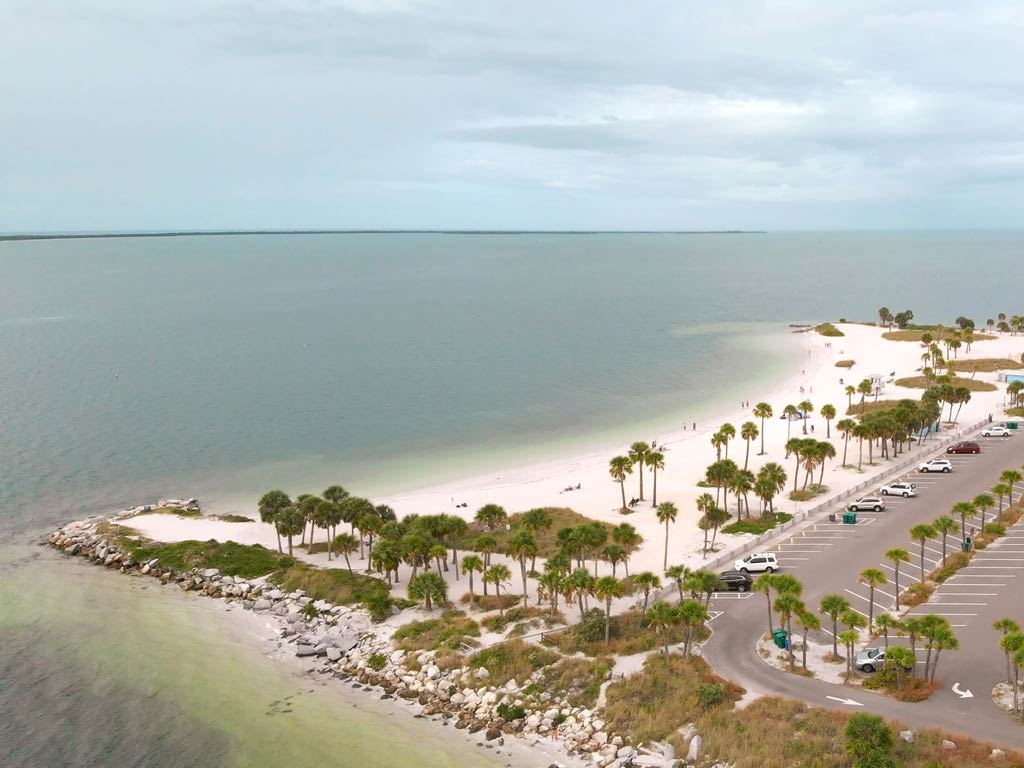The region, with a series of bayous feeding into the Gulf of Mexico, first attracted attention as a place for winter homes about 1876. Some of the newly arrived visitors spotted Tarpons jumping out of the waters and so named the location Tarpon Springs. The first Greek immigrants arrived to this city during the 1880s, when they were hired to work as divers in the growing sponge harvesting industry. In 1905, John Cocoris introduced the technique of sponge diving to Tarpon Springs. Cocoris recruited Greek sponge divers from the Dodecanese Islands of Greece, in particular Kalymnos, Symi and Halki leading, by the 1930s, to a very productive sponge industry in Tarpon Springs, generating millions of dollars a year. The 1953 film Beneath the 12-Mile Reef, depicting sponge diving, takes place and was filmed in Tarpon Springs.
The shops along Dodecanese Avenue in the Sponge Dock District of Tarpon Springs are still thriving as both a historic and a current tourist destination. The street winds its way from the bayou towards the Tarpon Springs Aquarium at the far end. Along the way it passes the marina and Sponge Boats docked along the right hand side of the street and the Historic Sponge Exchange on the left. There are many restaurants serving traditional Greek cuisine and fresh seafood that dot the street as well as quaint boutiques that sell everything from real sponges to imported goods. The street is narrow and reminiscent of a seaside village in Greece, with delivery trucks parked in the right of way and locals that greet each other in Greek and stop to chat without regard to the traffic.


The nearby beaches at several of the Pinellas County Parks are popular for swimming, windsurfing, picnics, boating, and other watersports. People also come to the beaches to watch the beautiful sunsets over the Gulf of Mexico. Sandy barrier islands off shore shift position over time with the waves and storms. They are accessible by boat and are especially ideal for shell spotting and watching bottlenose dolphins at play. One permanent island, Anclote Key, is a State Park Preserve with a historic lighthouse, bird nesting colonies and pristine beaches.
When a red tide algae bloom occurred in 1947, wiping out the sponge fields in that region of the Gulf of Mexico, most of the sponge boats and divers switched
to fishing and shrimping for a livelihood.
The city then converted most of its sponge-related activities, especially the warehouses where they were sold, into tourist attractions.
The Sponge Docks are now mostly shops, restaurants, and museums dedicated to the memory of Tarpon Springs’ earlier industry.
Most sponges sold on the docks are now imports: Relatively few sponges are harvested from the area, although attempts have been made in recent years to restart local sponge harvesting.
Led by local businessman George Billiris, in the late 1980s the sponge industry made a comeback and in the fall of 2007, a record harvest of sponges by a single boat was made.



